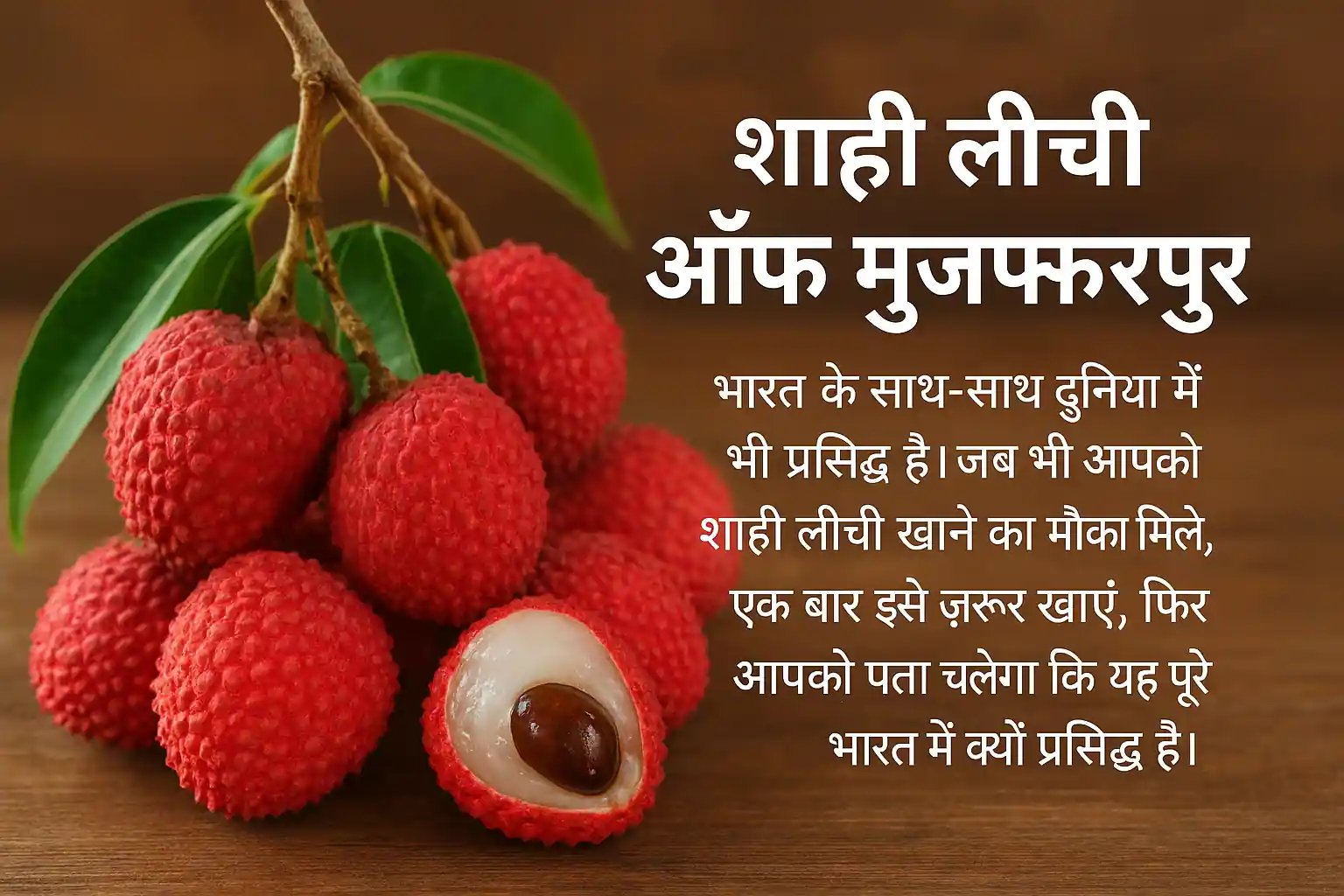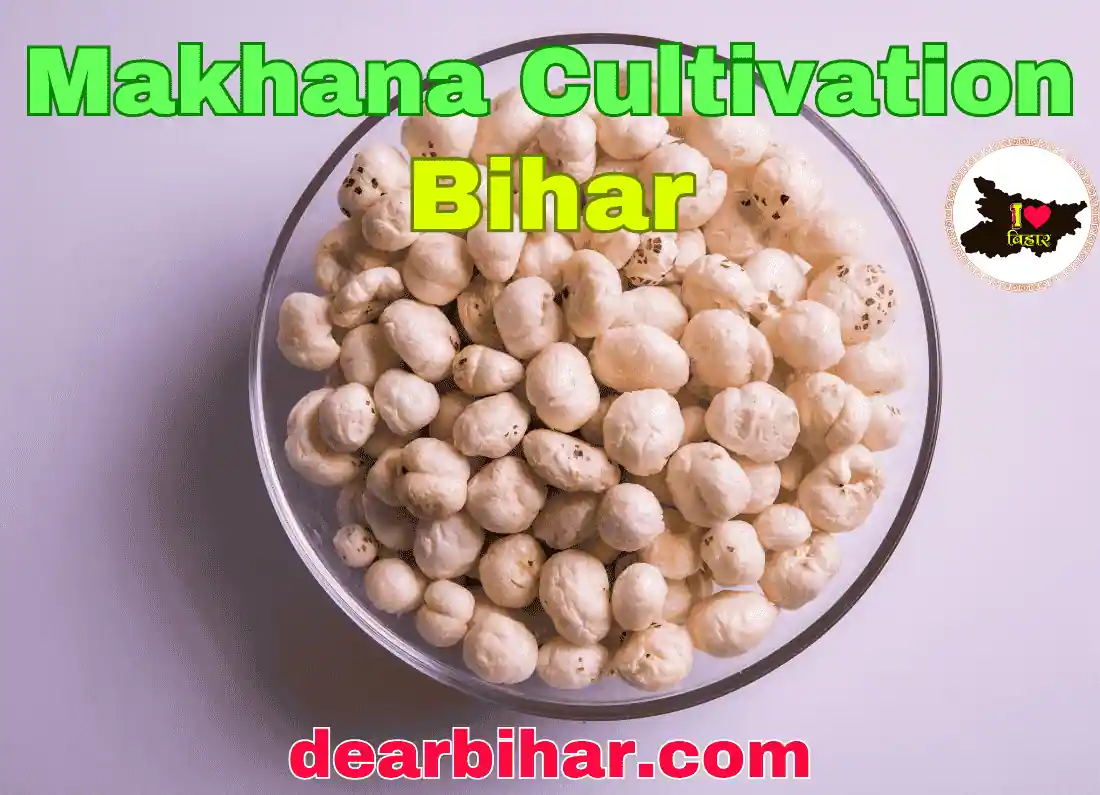What are fox nuts ? मखाने में कैलोरी कम, प्रोटीन ज़्यादा होता है और इसमें मैग्नीशियम, पोटैशियम और एंटीऑक्सीडेंट जैसे कई ज़रूरी पोषक तत्व होते हैं। क्या आपने कभी मखाने या पौधों से मखाने बनाने की प्रक्रिया देखी है? इस पोस्ट को पढ़ने के बाद आपको इसके बारे में 100% जानकारी मिल जाएगी। मखाने का इस्तेमाल भारतीय व्यंजनों में आम तौर पर किया जाता है। मखाने न केवल अपने स्वाद के लिए, बल्कि अपने पौष्टिक गुणों के लिए भी जाने जाते हैं। इस पोस्ट में आप मखाने से जुड़ी और भी कई बातें जानेंगे।

Table of Contents
What are fox nuts ?
मखाना, जिसे “मखाना” या “कमल के बीज” भी कहा जाता है, यूरीएल फॉक्स पौधे के बीज हैं, जो भारत और अन्य एशियाई देशों के कुछ जलाशयों में उगता है। इन्हें अक्सर भूनकर नाश्ते के रूप में खाया जाता है, करी या मिठाइयों जैसे व्यंजनों में मिलाया जाता है, या विभिन्न व्यंजनों के लिए आटे में पिसा जाता है। पारंपरिक चिकित्सा में, माना जाता है कि इनके स्वास्थ्य लाभ हैं, जिनमें हृदय स्वास्थ्य को बढ़ावा देना, पाचन में सुधार और बुढ़ापा-रोधी गुण शामिल हैं।
Makhana made from ?
मखाना, जिसे फॉक्स नट्स या कमल के बीज भी कहते हैं, यूरियाल फॉक्स पौधे (यूरियाल फॉक्स) के बीजों से बनता है। यह जलीय पौधा मुख्यतः भारत, चीन और जापान जैसे क्षेत्रों में जल निकायों में उगता है। इसके बीजों को पौधे के फूलों के सिरों से तोड़ा जाता है, फिर उन्हें साफ़ करके सुखाया जाता है। सूखने के बाद, बीजों को उनके स्वाद और बनावट को बढ़ाने के लिए भुना जा सकता है, जिससे ये एक लोकप्रिय नाश्ता बन जाते हैं।
Makhana nutrition facts 100g
| Carbohydrate | 76.9% |
| Protein | 9.7% |
| Fat | 0.1% |
| Minerals | 0.5% |
| Calcium | 0.05% |
| Phosphorus | 2337 mg (0.9%) |
| Moisture | 12.6% |
| Iron | 2236 mg |
| Cholesterol | 0 mg |
Best makhana brand in India
भारत में मखाना के कई लोकप्रिय ब्रांड हैं जो अपनी गुणवत्ता और स्वाद के लिए जाने जाते हैं।
- Patanjali: Known for its wide range of natural products, Patanjali offers high-quality makhana that is widely available.
- Nutraj: This brand is known for its premium dry fruits and snacks, including makhana, which is often praised for its quality.
- Himalayan Natives: They provide organic makhana and focus on natural and healthy snacks.
- 24 Mantra Organic: This brand specializes in organic products, including makhana, ensuring that their offerings are free from harmful chemicals.
- Bisk Farm: Known for a variety of snacks, Bisk Farm also offers roasted makhana that is popular among consumers.
- Makhana Magic: A brand dedicated to makhana products, offering different flavors and varieties.
- Sundar Makhana: This brand is known for its premium quality makhana, often sourced from the best regions.
- Organic India: Focused on organic products, they offer high-quality makhana that is both healthy and tasty.
Makhana price in America 1 kg
अमेरिका में मखाने की कीमत ब्रांड, गुणवत्ता, पैकेजिंग के आकार और आप उन्हें कहाँ से खरीदते हैं (ऑनलाइन या स्टोर में) जैसे कारकों के आधार पर भिन्न हो सकती है। कीमतें आमतौर पर लगभग $5 से $15 प्रति पाउंड तक होती हैं। सबसे सटीक और वर्तमान कीमतों के लिए, अमेज़न, वॉलमार्ट या स्वास्थ्य खाद्य भंडार जैसे लोकप्रिय ऑनलाइन खुदरा विक्रेताओं की जाँच करना सबसे अच्छा है। बाजार की माँग और उपलब्धता के कारण कीमतों में उतार-चढ़ाव हो सकता है।
Small packages (8 oz or 227 grams): might cost between $4 to $8.
Larger bags (1 lb or 454 grams): could range from $10 to $15 or more, especially for organic or specialty brands.
Makhana farming step-by-step
Makhana, also known as fox nut or lotus seed, is primarily cultivated in waterlogged areas.
1. Climate and Soil Requirements
• Climate: मखाना उष्णकटिबंधीय और उपोष्णकटिबंधीय जलवायु में 20°C से 35°C के तापमान पर पनपता है। इसे बढ़ने के लिए गर्म मौसम की आवश्यकता होती है।
• Soil: मखाना की खेती के लिए आदर्श मिट्टी चिकनी या दोमट मिट्टी होती है जो पानी को रोक कर रखती है। PH स्तर थोड़ा अम्लीय से लेकर neutral (6.0 से 7.5) होना चाहिए।
2. Water Requirements
• Makhana is an aquatic plant and requires shallow water bodies for growth. Water depth should ideally be between 30 cm to 120 cm. The water should be clean and nutrient-rich.
3. Propagation
• Makhana is propagated through seeds or tubers. The seeds can be sown directly in the water during the pre-monsoon season (April to May) when the water temperature is suitable.
4. Cultivation Process
• Land Preparation: Prepare the land by clearing it of weeds and debris. Ensure that the area can retain water.
• Sowing Seeds: Sow the seeds in shallow water, ensuring they are adequately spaced. Seeds can also be sown in nursery beds and later transplanted.
• Water Management: Maintain optimal water levels throughout the growing season. Water depth should be adjusted based on the growth stage of the plants.
• Weed Control: Regularly monitor and control weeds, as they can compete with makhana for nutrients and space.
5. Growth Stages
• Germination: Seeds germinate within 7-10 days.
• Vegetative Stage: The plants grow leaves and develop underwater tubers.
• Flowering: Makhana plants produce flowers that bloom above the water surface. Pollination occurs naturally.
• Seed Formation: After flowering, seed pods develop underwater, which contain the makhana seeds.
6. Harvesting
• Makhana is typically harvested in late summer or early autumn (August to October) when the seeds are mature.
• Harvesting involves uprooting the plants from the water and collecting the seed pods. The pods are then dried in the sun.
7. Processing
• After harvesting, the seeds are extracted from the pods and cleaned. They can be roasted to produce the edible makhana.
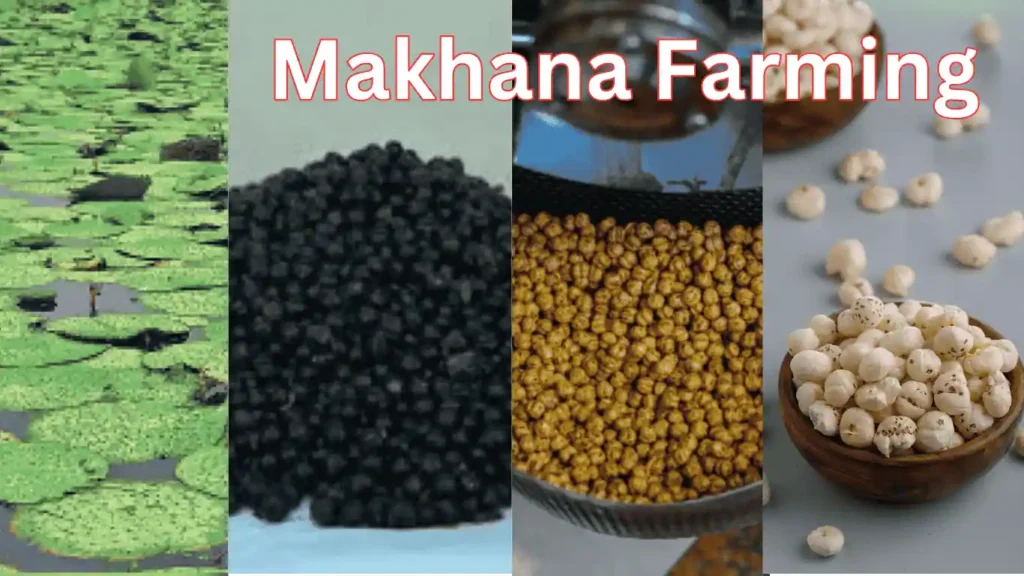
Benefits of Makhana Farming
- Nutritional Value: Makhana is rich in protein, fiber, antioxidants, and essential minerals, making it a healthy snack option.
- Market Demand: There is a growing demand for makhana in both domestic and international markets due to its health benefits.
- Sustainable Farming: Makhana farming can be sustainable and eco-friendly, requiring minimal chemical inputs.
- Income Generation: It provides an additional source of income for farmers, especially in regions with suitable water bodies.
Challenges
- Water Management: Maintaining optimal water levels can be challenging, especially during dry seasons.
- Pest and Disease Management: Farmers need to monitor for pests and diseases that may affect crop yield.
- Market Fluctuations: Prices can vary based on market demand and supply.
Makhana kheer making procedure
अपने हल्के और कुरकुरे स्वाद के कारण, मखाना एक लोकप्रिय स्नैक फूड है और इसे नमकीन और मीठे, दोनों रूपों में खाया जा सकता है। मखाना खीर एक स्वादिष्ट और पौष्टिक भारतीय मिठाई है जो मखाना, दूध और चीनी से बनाई जाती है।
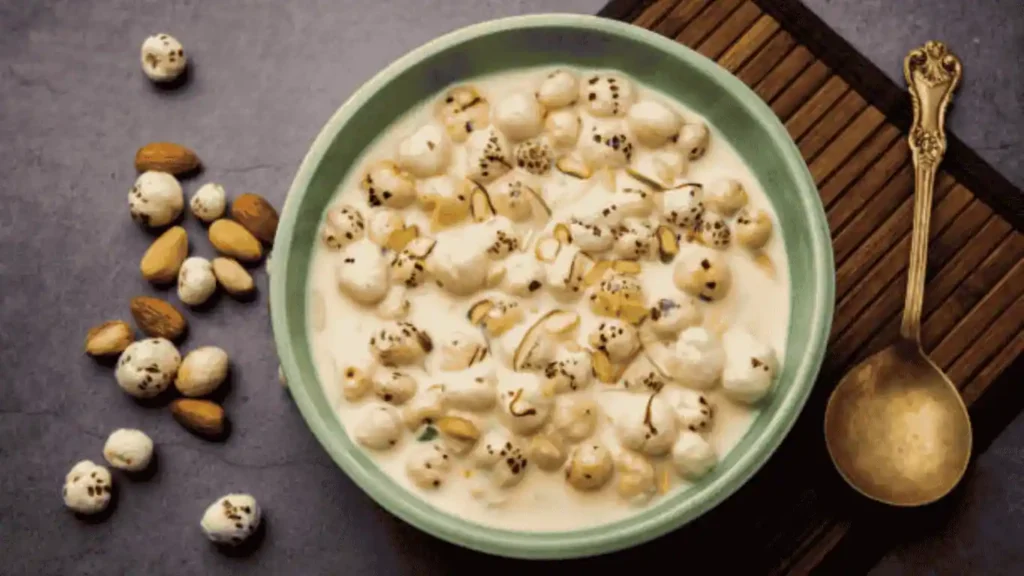
Ingredients to make Makhana Kheer
- 1 cup makhana (fox nuts)
- 4 cups full-fat milk
- 1/2 cup sugar (adjust to taste)
- 1/4 cup grated khoya (optional, for richness)
- 1/4 teaspoon cardamom powder
- 2 tablespoons ghee (clarified butter)
- A handful of nuts (cashews, almonds, pistachios) for garnishing
- A few strands of saffron (optional)
Step-by-step Makhana kheer making procedure
- Preparation of Makhana: Lightly roast the makhana in a pan over low heat for about 5-7 minutes until they become crisp. Keep stirring to avoid burning. Once done, let them cool and then crush them coarsely using your hands or a rolling pin. Set aside.
- Boiling the Milk: In a heavy-bottomed pan, bring the milk to a boil over medium heat. Stir occasionally to prevent it from sticking to the bottom.
- Adding Sugar: Once the milk comes to a boil, add the sugar and stir well. Allow the milk to simmer on low heat for about 10-15 minutes until it reduces slightly and thickens.
- Adding Makhana: Add the roasted and crushed makhana to the simmering milk. Mix well and let it cook for another 10 minutes on low heat. The makhana will absorb some of the milk and soften.
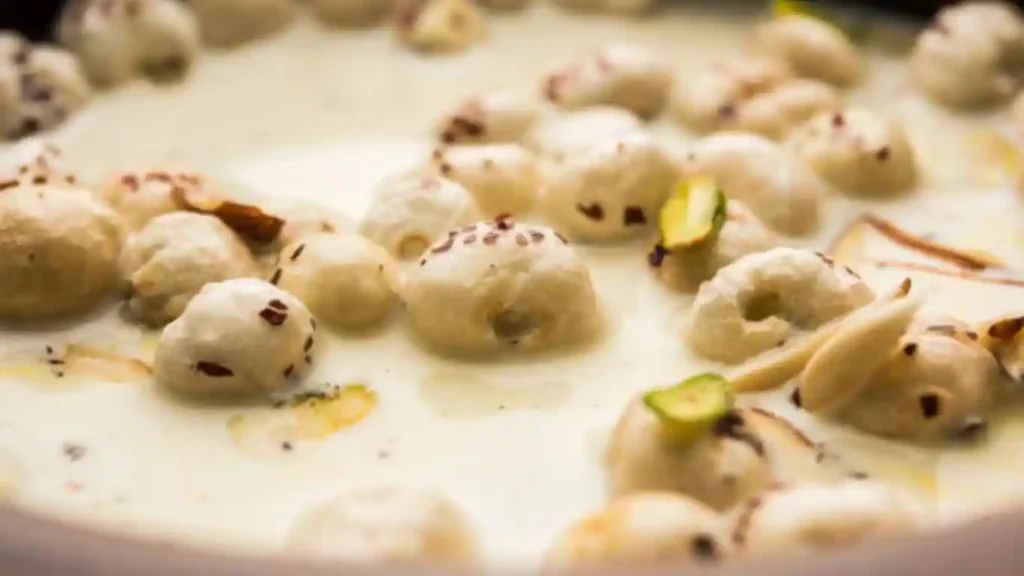
- Adding Khoya (Optional): If using khoya, crumble it and add it to the kheer. Stir well until it melts and combines with the mixture.
- Flavoring: Add cardamom powder and saffron strands (if using) to the kheer. Mix well and cook for an additional 2-3 minutes.
- Garnishing: In a separate small pan, heat ghee and lightly roast the nuts until golden brown. Add them to the kheer for garnishing.
- Serving: Once done, remove from heat and let it cool slightly. You can serve makhana kheer warm or chilled, as per your preference
FAQ
Q. desh ke kul makhana utpadan ka kitna pratishat bihar utpadit karta hai ?
Ans- देश के कुल मखाना उत्पादन का करीब 85% बिहार में उत्पादन होता है।
Thanks For Connecting with I Love Bihar


